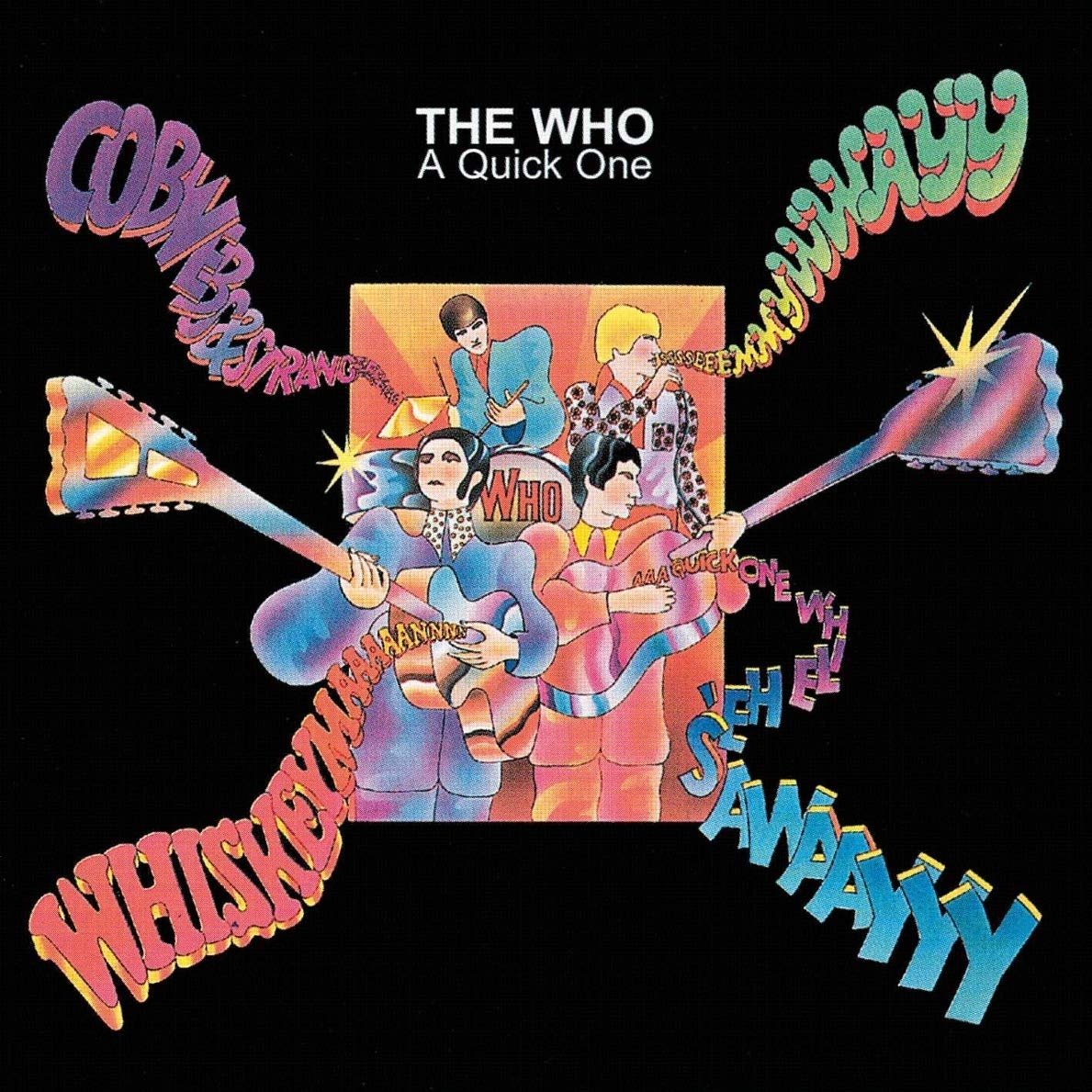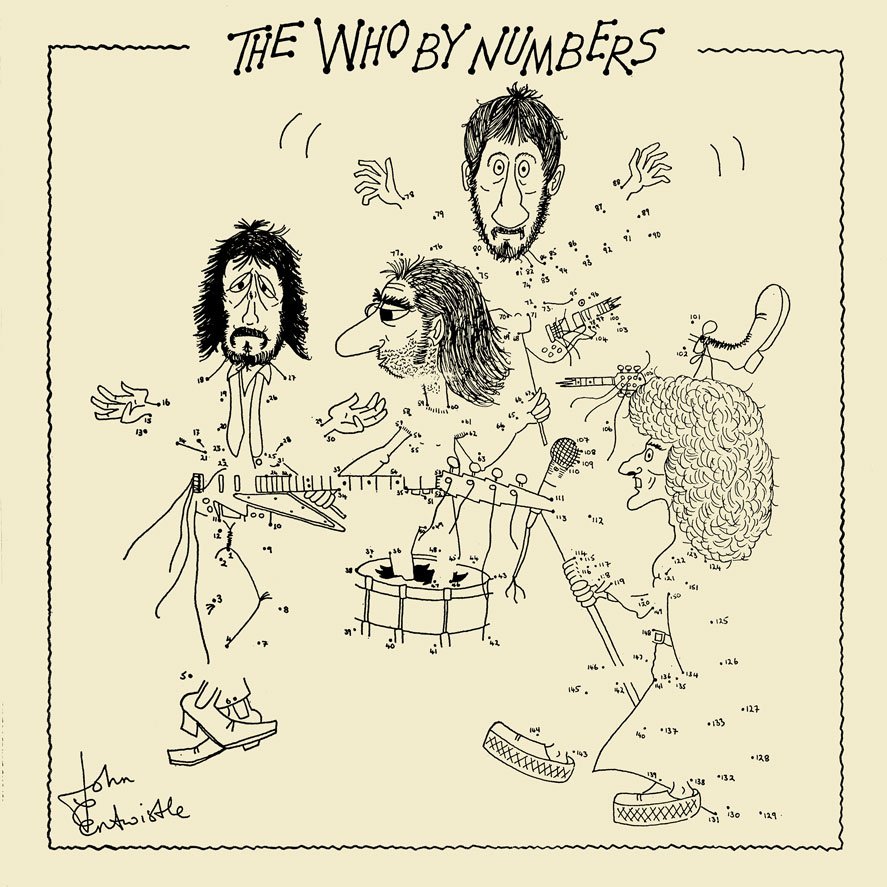Happy 55th Anniversary to The Who’s third studio album The Who Sell Out, originally released December 15, 1967.
When I first discovered The Who in sixth grade, I found that I had a lot of material to sort through. I came back, repeatedly, to the stretch from Tommy (1969) through Who Are You (1978), because I could trace the rock music I heard on the radio back to the sounds on those records. I also connected deeply to the sensitive, soul-searching songwriting of that era, as I transitioned out of childhood into teenaged life.
By comparison, The Who Sell Out (1967) barely ever made it into my Walkman. It sounded like pre-rock music, not quite the thing that I loved. The whole advertisement concept didn’t make a lot of sense to me, either. I recognized that The Who Sell Out was the bridge between “A Quick One While He’s Away,” and Tommy, but I just didn’t think, in my esteemed twelve-year-old opinion, that it had much in the way of replay value. Cool historical artifact, but not something I’m going to spend time listening to when I can listen to Quadrophenia (1973) for the hundredth time.
But now that I’m older and wiser, and with the record’s anniversary upon us, it’s time to revisit this feeling. Was I right in keeping Sell Out near the back of my Who rotation, or was there something that I had overlooked? Can I connect to it on a musical or conceptual level?
First, let’s talk about the music. There are some songs on Sell Out that are undeniable winners. The most obvious is “I Can See For Miles,” the band’s top-performing single in the U.S. and one of the heaviest rock tunes ever recorded until that point—The Who’s answer to “Helter Skelter.” “Miles” opens with that iconic, grandiose introduction, but the big payoff for me is Moon’s drumming. He doubles his subdivisions right when the chorus hits, which resolves the verse’s stately tension with mania. The band pushes the energy upwards, and so the resolution pushes us somewhere new, rather than merely serving as a response to what came before.
Other highlights abound: “Our Love Was” uses a key change to incredible effect, straining Townshend’s vocals to a point where he becomes much more believable and vulnerable. “Tattoo” humorously but wisely questions the masculinity that had driven so much of rock & roll to that point. “Rael” is another crack at narrative songwriting and, while the parts don’t cohere as well as they do on material like “A Quick One While He’s Away” and “Overture,” the suite does hit you in the way that an experimental novel does: a vague but intense feeling that something ominous is happening. Then there’s the ironically titled “Relax,” on which Townshend’s organ playing heightens the drama spectacularly.
Listen to the Album:
There are a couple of misses. “Mary-Anne with the Shaky Hand” is lyrically suspect, and the superior version was left off the album, jettisoned to the B-side of “I Can See For Miles” and later restored on the 1998 remaster of Odds and Sods (1974). “Odorono” takes the concept a little too far with a full-length track about deodorant, and both “I Can’t Reach You” and “Silas Stingy” make one think “wait, are we in the bonus tracks already?” The Who Sell Out, while featuring several great leaps forward for the band, still keeps some of the weakness from A Quick One (1966). Do we have relisten value on a musical level? Sure, but if that’s all you care about, you’re going to be skipping some songs.
But what about concept? Does The Who Sell Out, an album based on pirate radio broadcasts in 1960s Britain, hold up today?
Viscerally. Driving to work a few days ago, with the album playing over the speakers, I noticed a strange phenomenon: my most enthusiastic singing along was to the jingles. After having not heard the record for a year or so, I practically shouted “Radio London reminds you: go to the church of your choice!” When the band kicked into “Our Love Was,” I mumbled, “Hmm, I think I like this one. Which one is this?” The commercials, some real and some fake, stuck out more in my memory than the carefully crafted art pop.
The simplest explanation for this is that jingles are meant to be catchy and memorable. The Who succeeded here, whether they used real jingles like Radio London’s or writing their own (yes, even “Heinz Baked Beans” has a modicum of charm). But the other explanation is that The Who Sell Out speaks to the attachments that we build to media and brands in an age of content saturation.
Because I also sing along to the jingles of my favorite podcasts, and say “beautiful, uptown, Oakland, California” in sync with Roman Mars and the end of every episode of 99% Invisible. In putting art and commercialism next to each other on The Who Sell Out, The Who have shown us that we don’t know where the difference is anymore. Maybe this was true in 1967, but it’s definitely true now.
On The Who Sell Out, the jingles sometimes get their own tracks, but usually they’re just stuck onto the ends of songs. The band then dares us to ask where the line is between the “real” song and the commercial: the thundering drums out of “Rael” might as well be a gathering storm to plague the song’s sailor, but they’re also the introduction to the “Top Gear” spot. The record’s cohesion makes it basically impossible to tell where the line is between the two things.
Enjoying this article? Click/tap on the album covers to explore more about The Who:
The jingles then aren’t merely between the art, and they’re not just a clever concept: they’re part of the sound. You can’t get from “Tattoo” to “Our Love Was” without going through Radio London. Today, we generally don’t know how to separate art from commerce, (even art that makes no money has branding), and The Who Sell Out combines the two to make an artistic statement. It seems high-concept and galaxy-brained, but it also feels so real. This was Townshend’s purpose with pop art in the first place: say something big but do it through the heart.
So, where’s the replay value on The Who Sell Out? Some of the individual songs, but the ideas that undergird it help us understand the contemporary artistic condition that many of us, from within the context of these crazy times, struggle to articulate with precision or persuasive power. But The Who could do it, and they could sell you beans at the same time.
LISTEN:



